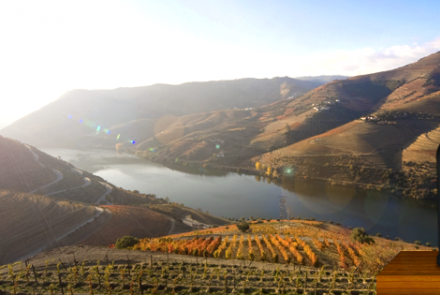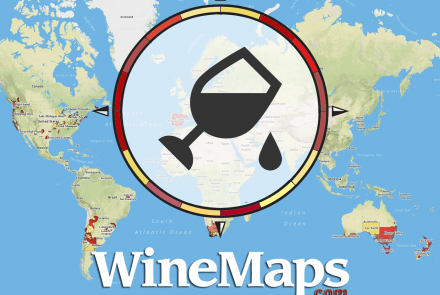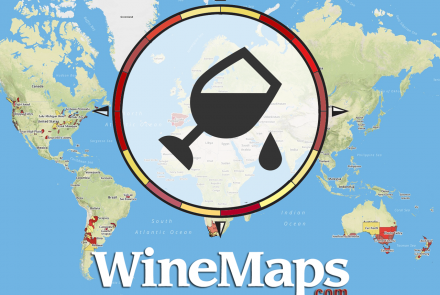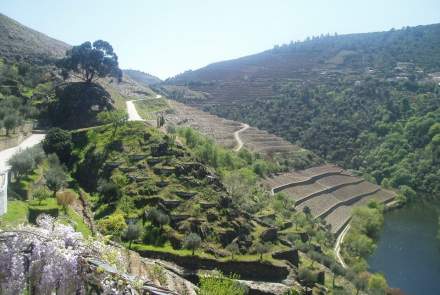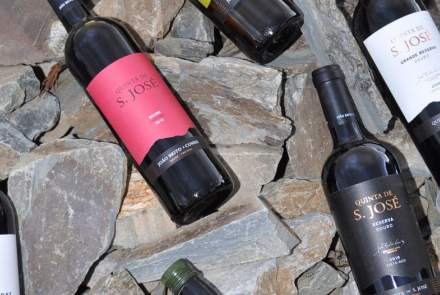Trás-os-Montes, also known as Tras-os-Montes, is a historical province located in northeast Portugal. Its name translates to "behind the mountains". It is known for its richness in culture, tradition, and natural beauty.
The region is situated in a mountainous area, bounded by Spain to the North and East, to the South by the Douro River and to the West by mountains. Its landscape is diverse, featuring rolling hills, rocky peaks, lush valleys, and vineyards.
The traditional way of life still prevails in Trás-os-Montes, which is reflected in the region's firmly rooted customs, traditional music and dance, and distinctive cuisine. The region is known for producing high-quality olives, almonds, wine, and honey. Its most famous culinary specialties are hunting and pastoral dishes such as smoked meats and hearty stews.
The area is also rich in historical sites. There are numerous Roman ruins, ancient rock formations, and historical villages scattered throughout the region. Notable attractions include the Celtic ruins at Briteiros, the medieval castle in Bragança, and the Sanctuary of Our Lady of the Assumption in Vilas Boas.
Trás-os-Montes is often associated with a sense of isolation due to its remote location. However, this is viewed by many as a part of its charm, adding to the sense of tranquility and escape from modern-day pressures.
It encompasses two different regions as per the NUTS (Nomenclature of Territorial Units for Statistics) system - Alto Trás-os-Montes and Douro. The overall region is known for its slow-paced lifestyle and stands in stark contrast to the hustle and bustle of Portugal's coastal cities.

